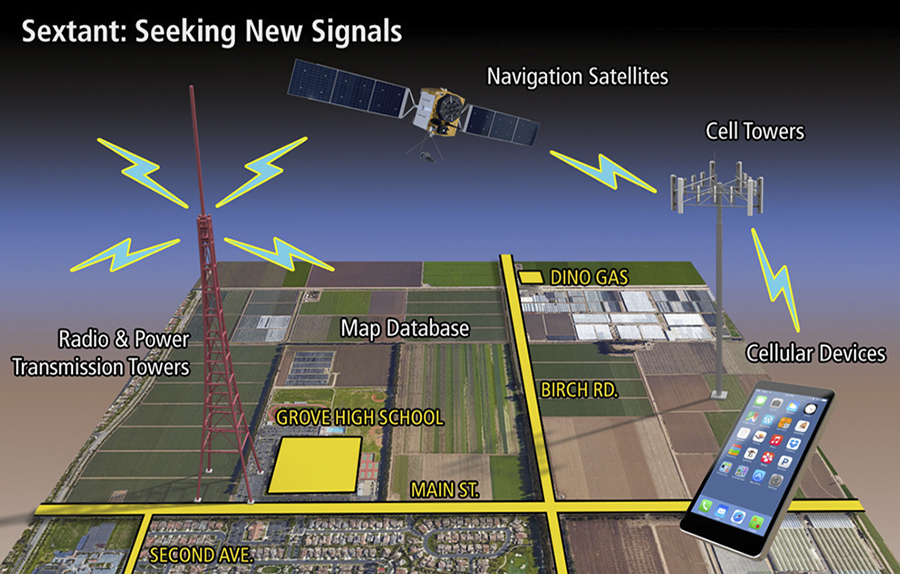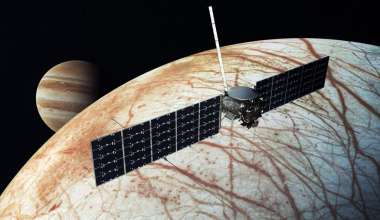Aerospace is pioneering a study to enhance position, navigation, and timing (PNT) resiliency, challenging an Aerospace team to think about PNT resilience with a clean slate.
Dr. David Gorney, executive vice president, initiated the project and asked Aerospace researchers to look at the broad mission of how PNT might be improved, perhaps by augmenting the space-based capabilities with other technologies.
The strategic study, named Sextant after one of the first tools for navigation, does not involve looking for replacement options for GPS. It was actually a key finding of the study that there is not a drop-in replacement for the system.
“GPS is the pre-eminent system that provides service globally, and it is likely to remain so for the foreseeable future,” Gorney said. In fact, GPS recently clocked its most accurate day ever in the history of the constellation, generating signals with an average accuracy of 38 centimeters.
Sextant was framed in terms of three critical elements, according to Dr. Randy Villahermosa, principal director, Research and Program Development Office and study lead.

“First, we looked at how to protect PNT services from outages, whether caused by natural phenomenon or man-made threats,” he said. “The second element was to address options for flexibility and cost, and third, we wanted to see if there was a way we can introduce new technologies faster,” Villahermosa said.
The Sextant strategy revolves around an open-source approach to creating a PNT user-device platform that can accept multiple PNT inputs such as the global navigation satellite system; television and radio signals; cell tower signals; inertial and visual sensors; and terrain maps, according to Villahermosa.
But first, standards must be created to make the strategy viable.
“We do this by first understanding the needs of the government acquisition agencies, while at the same time maintaining strong technical ties to the industrial community,” Gorney said. “In this way, we can develop draft specifications or standards, discuss these in industry or government forums, obtain feedback, and then ultimately help to publish or deploy the standards.”
According to Villahermosa, if standards are designed appropriately, he anticipates that it will accelerate the growth of the PNT ecosystem consisting of multiple PNT services, technologies, and users.
Aerospace presented its briefing at the National Space Symposium earlier this year as one of the first legs of a tour to the navigation and timing community, particularly product developers. The corporation will attend the ION GNSS conference in September to discuss strategies. The conference brings together GNSS leaders in the PNT fields and offers the opportunity for attendees to present new research, introduce new technologies, and exchange ideas.
“Looking to examples from the tech industry, it is expected that an ecosystem approach will lead to business opportunities that will accelerate the growth of the PNT market, which will provide benefit back to the government,” Villahermosa said. “The Sextant strategy addresses the evolving threat, affordability, and technology insertion issues that arise when thinking about enhancing resiliency for the future.”









